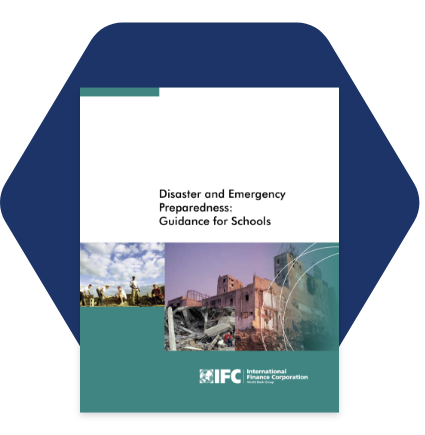You are here
Emergency Feeding

Child nutrition program sponsors can serve free meals to children in the event of an unanticipated school closure, extreme weather event, natural disaster, or other similar situation.
Programs available to feed students during an emergency
Before an emergency situation:
Create an Emergency Readiness Plan to ensure a rapid and efficient response if an emergency situation arises. This plan could include:
- Staff roles and responsibilities
- List of potential feeding sites in area eligible locations
- Menus that can easily be scaled. Purchase shelf-stable items ahead of time if space and budget allows
During an emergency situation:
1. Select a program
When schools face unanticipated closures that prevent children from receiving educational instruction and the nutritious meals they would normally receive, sponsors may choose to operate the Summer Food Service Program or the NSLP Seamless Summer Option to help ensure children continue to receive meals.
2. Select a location
- If the school building is open, safe and area eligible meals may be served at that location
- If not, use another area eligible location to provide meals (non-school site). The local emergency manager may have location suggestions
3. Contact CDE by reaching out to your point of contact for next steps
- There may be flexibilities available with state agency approval such as:
- Meal service times and offer vs. serve requirements
- Serving meals without milk
- Serving meals that do not meet meal pattern requirements
- Claim reconstruction if records are lost
- Area eligibility requirements if relocation is required
- Other case-by-case flexibilities
4. Serve meals
- Track and document all meals served and expenses. Use the daily meal count form or similar method
- Communicate meal distribution information to students, families and the community
After an emergency situation:
- Take a product inventory
- Assess effectiveness of the Emergency Readiness Plan and re-evaluate if necessary
Program Resources
- Emergency Preparation Resources:
- FNS Resilience and Recovery Tool
- Food Assistance Programs
- Food Distribution Disaster Assistance: FNS USDA





Connect With Us




